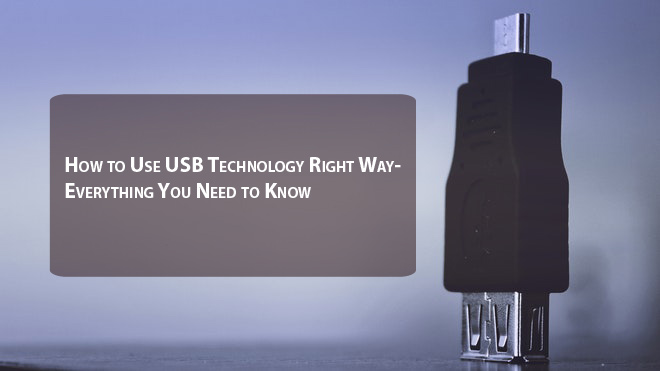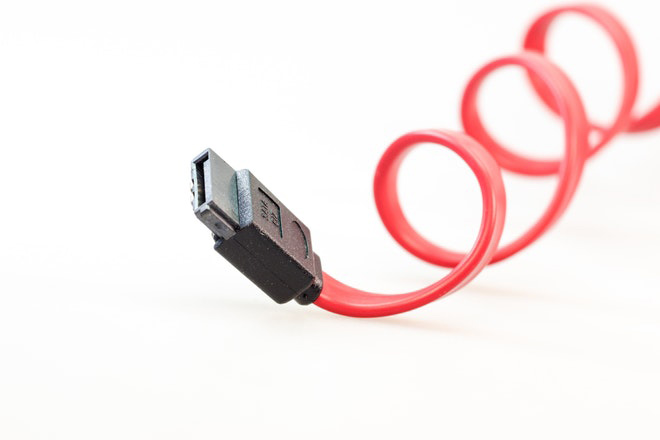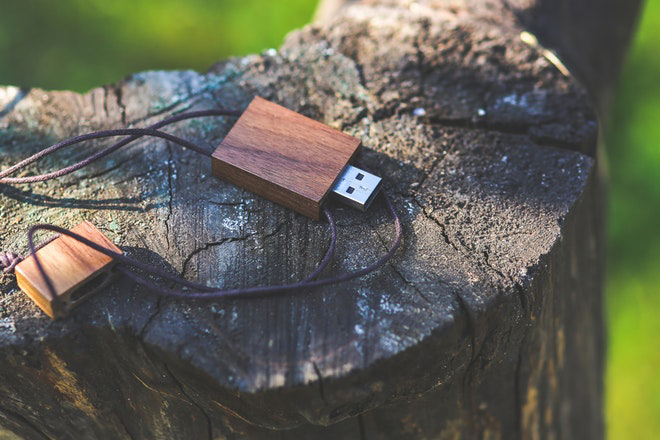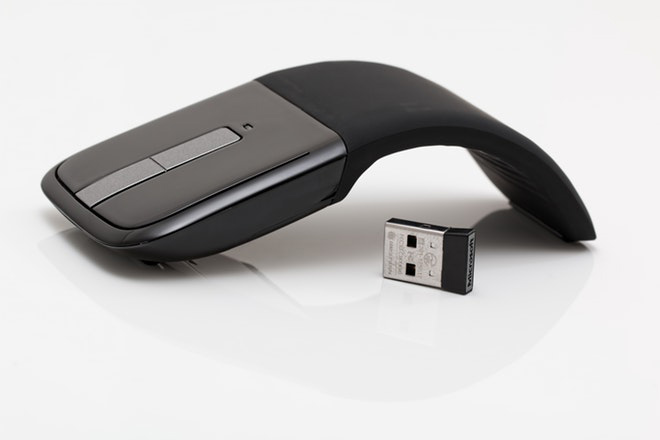
Technology is the collection of various techniques and methods which when used produces positive results. These are proven theories which can be implemented practically. Usually, progress in one invention leads to development in it and establishes itself as a new technology.
The Technology of USB
The progress in one technology leads to repeated usage of another technology also. USB is one such technology which is repeatedly used, and it is developed as and when there is progress in computer technology. USB is the short form of Universal Serial Bus and is universally made use of in all sorts of devices to share data between two or more devices. From the time (i.e., the 1990s) it came into existence, there has been an improvement in the design by USB-IF. These changes are made according to the requirement of the latest technology.
The USB cables and connectors are the most which are used by everyone. One point to be remembered is that as the technology has progressed, new systems are invented which has new applicability. But, what about the old systems? They cannot be dumped just like that. It is the USB cable that makes it easy to make use of old systems. It helps in connecting two or more devices to share data.
The latest devices like desktop computers, laptops, printers, smartphones, cameras, and USB memory usually sticks use USB to share data within each device.
The Various Steps of USB Evolution
USB has seen different changes in its technology which starts from USB 1 to latest USB 3.1 version. The main reason for the improvement in the technology is to increase the data transfer rate; provide more power output to the user. Since the usage of devices has increased, one has to concentrate on how to decrease power consumption also. These reasons led to USB 3 version. Let’s now have a briefing about the versions of USB:
- The USB 1.0 version allowed data transfer rates of 1.5 Mbit/sLow Speed and 12 Mbit/s Full Speed.
- The USB 2.0 version allowed data transfer rates 480 Mbit/s.
- The USB 3.0version allowed data transfer rate (up to 5 Gbit/s) and is also called as super speed.
- The USB 3.1 version allows data transfer rate up to 10Gbit/s.
USB Connectors
The USB connector is of 4 types – Type A, Type B, USB Mini and USB Micro. USB type C Hub is the latest development in USB technology. Even though like others it is a connector, the physical appearance of USB Type C varies. Previously concentration was only on data transfer, but now even power supply is considered. So, USB Type-C helps in both data sharing and power supply. It is meant for twin purpose. The advantage of using USB Type-C is that it is very thin and the finishing of the USB is very attractive when compared to other USB connectors.
Since the latest inventions like smartphones, laptops are made thin which can be easily carried, USB type C has become popular and is wanted most.
Beginners Guide to Using a USB Flash Drive
The development of the technology is appreciable if it used correctly. The technology will be unnecessarily blamed if there is any adverse outcome due to the user negligence.
[adinserter block=”2″]



